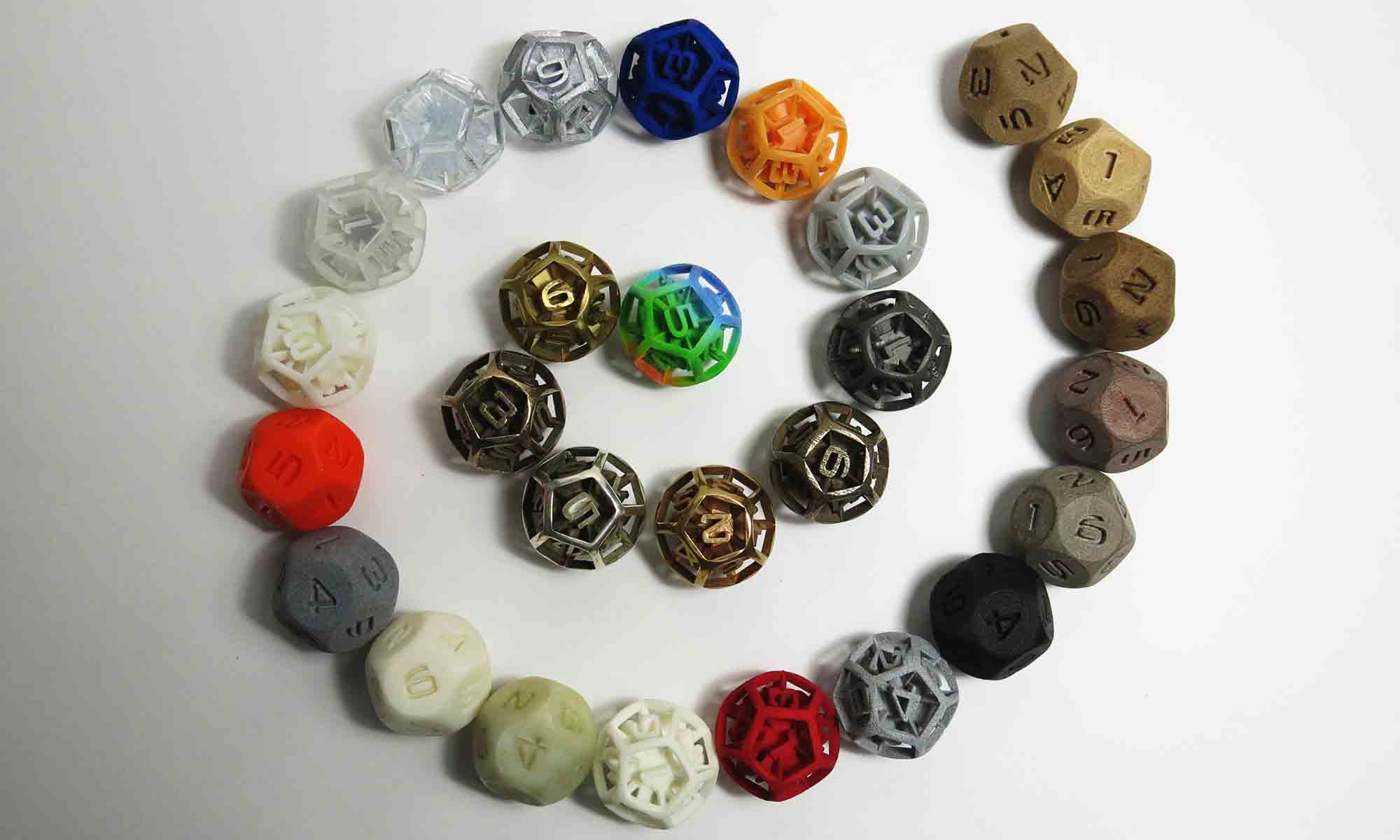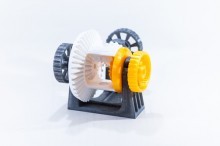The Full List of 3D Printing Materials Available at Sculpteo
Posted By Romain Cabanis on Mar 11, 2015 | 5 comments
LAST UPDATE: 03/01/2017
At Sculpteo we’re very proud to offer a wide range of 3D printing materials. Plastics, metals, resins.. we hope you’ll find what you need! We have a plethora of materials and finishes that you can access directly online and have an automatic quoting on our website. We give you all the keys to manage your 3D printing projects easily and with expertise.
In this article, we want to give you an overview of the existing 3D printing materials, for you to take wise decisions when implementing 3D printing into your business. We indicate whether we offer it or not in our 3D printing service.
To go further into the uses of the different 3D printing materials, you can see industry applications, and learn more about the different 3D printing technologies.
We’ve categorized the materials into six ‘families’:
Plastics
When it comes to 3D printing materials, plastic is the most common among consumer-level printers. According to the State of 3D Printing 2016, Fused Deposition Modeling (FDM) and Selective Laser Sintering (SLS) are the top technologies. This is a result of plastics low cost and low melting points, among other things. However, with SLS technology, there has been a shift in plastic manufacturing to see 3D printing not as just a prototyping means, but as a means of small series production runs.
Nylon (Polyamide)
Solidity: Strong
Weight: Light
Flexibility: Flexible
Surface Roughness: Felted aspect(Post-polishing)
Water Contact: A Waterproof material, though avoid contact with water when colored
Temperature Resistance: Very good
Available on sculpteo.com! We offer white plastic, solid black, solid gray and many paintings and other finishes.
ABS, PLA, TPU
Fused Deposition Modeling printing (FDM) allows an extremely wide range of usage, with many kinds of plastic filaments. Founded by Scott Crump, FDM is now in use in the widest range of printers. From the hundred dollars desktop 3D printers to the very high-end ones from Stratasys.
Solidity: –
Weight: –
Flexibility: –
Texture: Layered texture
Water Resistance: Waterproof
Temperature Resistance: –
NOT available on sculpteo.com


 Connect with Google
Connect with Google Connect with Facebook
Connect with Facebook
